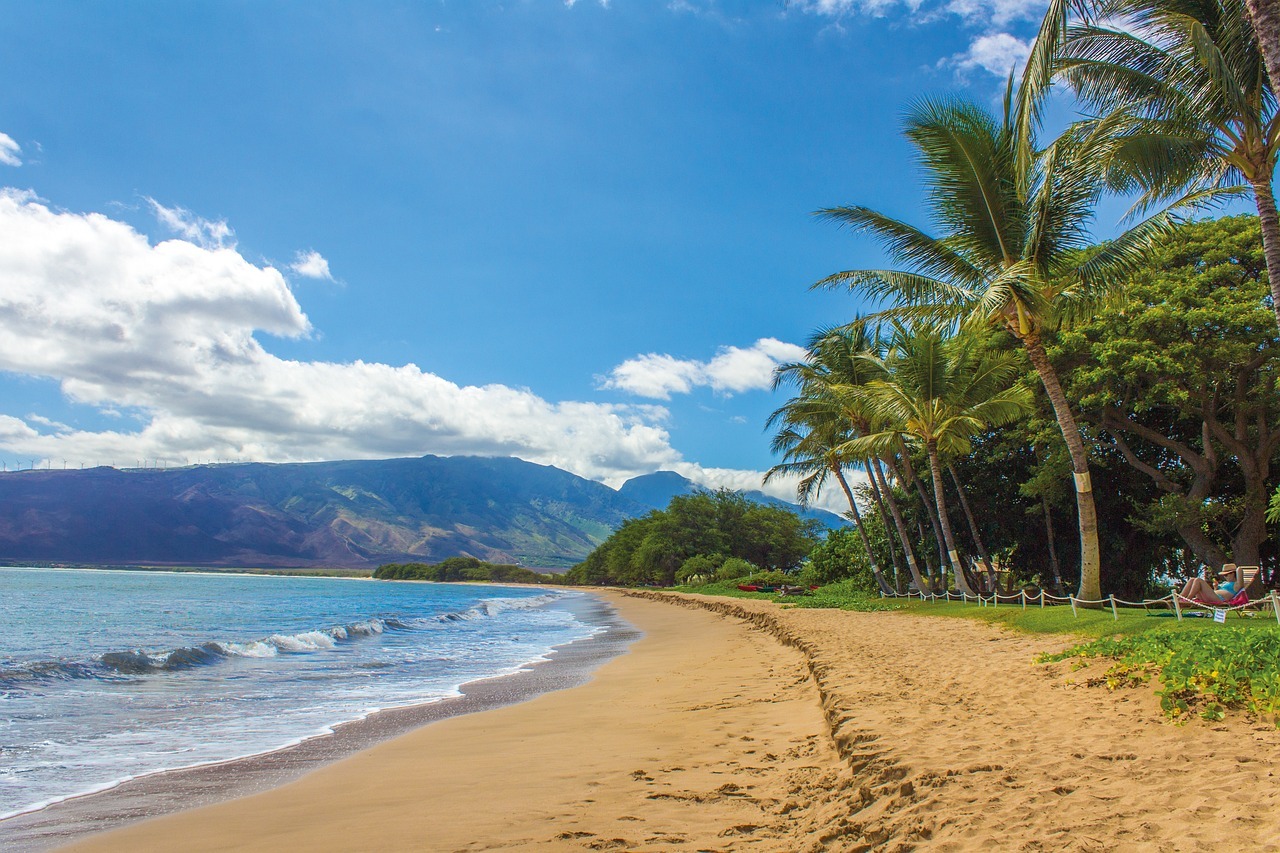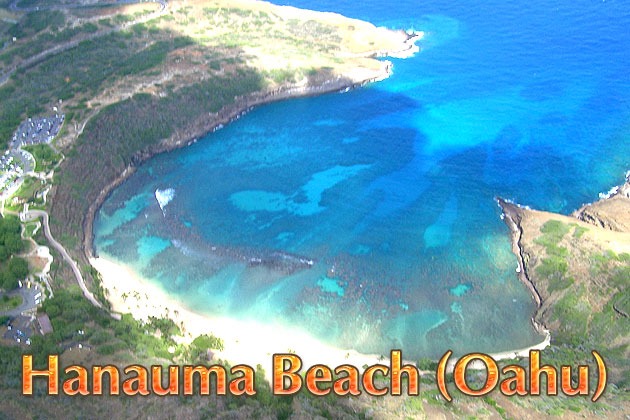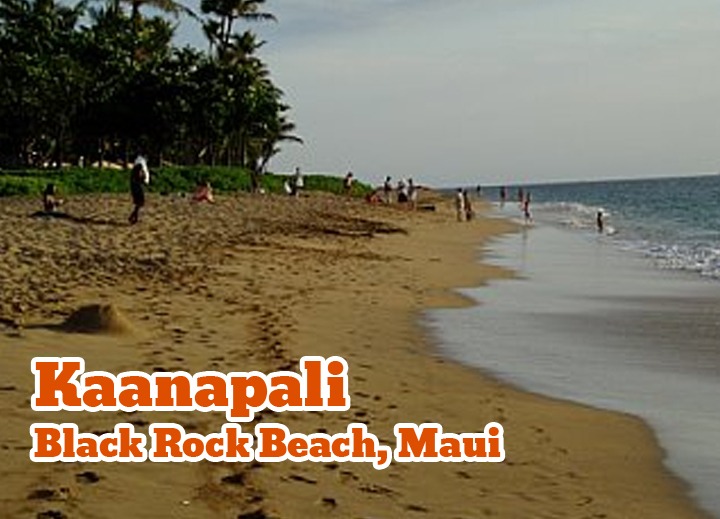Tourism is a major part of Hawaii’s economy, and the gorgeous beaches there are its best commodity. Doing a list of the Aloha State’s best beaches is a bit difficult because there are so many of them and some of these beaches are quite unique on their own. We hope we have done a decent job of picking the top beaches of Hawaii to help you plan your island-hopping adventure.
Powdery soft sands, gentle turquoise waters, refreshing sea breezes, and accessibility have made Lanikai Beach a popular swimming beach for tourists as well as locals. Not far from the beach you can also see the twin Mokulua Islands.
When people think of Hawaii, the first thing they recall is Waikiki Beach. Indeed, Honolulu’s Waikiki is one of the most famous beaches in the world, the hub for the rich and jet set beachgoers, not to mention the Hawaiian royalty. This beach boasts a two-mile stretch of sand and has beautiful turquoise to deep blue waters. Waikiki boasts high-rise hotels, restaurants, bars, spas, and other places for recreation and relaxation. It attracts 4 million tourists annually, so while you’re vacationing in Hawaii, you may not want to miss Waikiki.
This almost-circular beach was a product of a natural disaster. A volcanic crater was flooded thousands of years ago, which led to the formation of this unique beach. The diverse forms of nature and lush tropical vegetation have led Hanauma Bay to become a nature reserve to protect the marine life. Be sure to snorkel to discover Hanauma Bay’s undersea treasures!
The crescent-shaped Hapuna Beach is considered one of the biggest white sand beaches that stretch for about half a mile! The waters are perfect for swimming, snorkeling, surfing and bodysurfing. You may also want to sit at dawn to catch the elusive “green flash” of the Hawaiian sunset.
Azure waters, salty sea breeze, swaying coconut palms and glorious golden beaches, Kapalua Bay is another one of Hawaii’s tropical paradises. Its moderate waves are perfect for those beginning to surf or for those who want less “extreme” surfing. Kapalua Bay is also perfect for a family getaway.
Ke’e Beach is a perfect place for snorkeling and watching the romantic sunsets. The clear waters will give you a peek at the colorful and exciting tons of marine life. The beach boasts a dense jungle which consists of various trees like ironwood, coconut trees, and guava.
Every water sports lover will find a haven in Kaanapali Beach for its excellent underwater conditions. Aside from swimming, vacationers can also snorkel and scuba-dive. Kaanapali Beach also boasts resorts and two hotels that front the shore — the Sheraton and Hyatt Regency. Needless to say, Kaanapali Beach caters to the more moneyed crowd, and thus it is a quite busy kind of beach.
Another “desert island” beach, its actual name is Kauapea. This beach is totally unoccupied and devoid of any man-made structure for a good reason. Its location — between the Kalihiwai Bay and Kilauea Point — is well off the tourist radar. Only an unmarked trail will lead you to this empty beach, which offers you its unadulterated, otherworldly beauty. Public nudity is illegal in Hawaii, but here at this Secret Beach you may choose to go “au naturel.”
You thought you’ve seen the most unusual Hawaiian beach with the Red Sand Beach, but wait until you encounter Papakolea Beach. The crescent beach has green sands that consist of the green silicate deposit called olivine, which comes from the littoral cone that encloses the bay. It’s like you’re walking on these very fine jewels because olivine is a semi-precious stone.
Swimming and surfing are possible but be careful with the waves that may sometimes go quite nasty. Since the beach is isolated, it is undeveloped. It has no facilities, not even lifeguards, so make sure to leave before it gets dark. Hiking to the beach takes 2-3 hours and the terrain can be quite rough. Papakolea Beach is one of only four green sand beaches in the world, so seeing the olivine shores will be worth the difficult trek.
As the name suggests, the Red Sand Beach has the unusual deep red-black sands which came from cinder cone hill of Ka’uiki, which constantly erodes. The sands themselves have an abundance of iron. They contrast with the blue waters, the green ironwood trees, and the black seawall, creating an unparalleled, breathtaking sight. However, the dangerously intense currents don’t make this beach an ideal spot for swimming and surfing. So it’s better to just do some sightseeing and picture-taking unless you’re brave enough to touch the turbulent waters at your own risk.
Want to experience the “desert island” scene? The Papohaku Beach is the perfect setting. The vast expanse of nothing but white sand is hundreds of feet wide, giving you the impression of an empty space. But of course, there are creatures like marine birds and scuttling crabs which will be your constant companions. Its location makes the beach quite isolated from the rest of the world, with no signs of man-made development whatsoever.
Also known as Mauna Kea Beach, this crescent-shaped beach features white sands fringed with coconut trees. Its serene blue waters are teeming with various forms of marine life, so Mauna Kea is as perfect for snorkeling as it is for swimming.
Located in the Makena State Beach Park, Makena Beach boasts a looooooooong stretch of golden sands and azure to deep blue waters. Vast and virtually undeveloped, you can have all the natural beauty to yourself.
Constant volcanic activity in the region led the Punaluu Beach to have jet-black sands. It’s delightful to see the gleaming white sea foam that washes ashore contrasting the rich dark sands. Visitors may have to share the sand with the resident Hawaiian green turtles. The shore is also teeming with tall coconut trees.
Making a trip to Hawaii? Be sure to consider hiring a vacation photographer to capture great memories.



